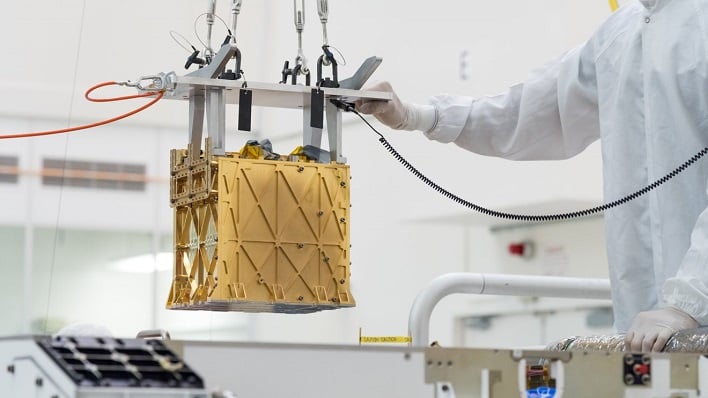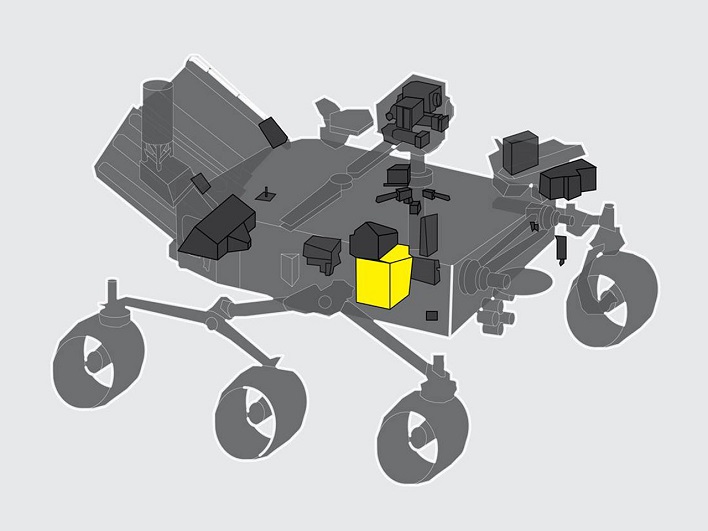NASA Created Enough Oxygen On Mars For A Dog To Breathe For 10 Hours, Are Humans Next?

NASA is currently preparing for its second Artemis mission, which will be a preemptive test flight around the Moon before putting human boots back on the lunar surface. Last month, the space agency rolled out the mobile launcher to Launch Pad 39B for several months of testing ahead of the Artemis II crewed mission launch. The ultimate goal, however, is to eventually send astronauts even further into space, with Mars being the next target. But before that can be achieved, NASA must first figure out how to supply astronauts with enough oxygen to survive and a fuel supply to get them back home. Enter MOXIE, which has collected 122 grams of oxygen since it landed on the Martian surface, along with the Perseverance rover in 2021.
"MOXIE's impressive performance shows that it is feasible to extract oxygen from Mars' atmosphere - oxygen that could help supply breathable air or rocket propellant to future astronauts," remarked NASA Deputy Administrator Pam Melroy. She continued, "Developing technologies that let us use resources on the Moon and Mars is critical to build a long-term lunar presence, create a robust lunar economy, and allow us to support an initial human exploration campaign to Mars."
NASA says the amount of oxygen that MOXIE has collected is "about what a small dog breathes in 10 hours." While this may seem like a small feat, it is twice the amount of the original goal set by its creators from the Massachusetts Institute of Technology (MIT). The instrument completed all of its technical requirements. It operated in various conditions throughout an entire Martian year, giving hope that one day, something similar can supply enough oxygen and fuel propellant for a crewed mission to Mars.

MOXIE's primary objective has been to produce oxygen from the Martian carbon dioxide atmosphere. It is located inside the front, right side of the Perseverance rover and weighs about 3.77 pounds (17.1kg) on Earth.
With less than 1% of the air on Mars, as there is on Earth, experiments like MOXIE are critical for future crewed missions to the Red Planet. Producing oxygen from natural resources already available on the fourth rock from the Sun will negate the need to bring along a massive amount of extra oxygen on the long journey.
The name MOXIE is derived from a soft drink that was invented in the late 1800s, not far from the MIT Haystack Observatory, where the principal investigator for the instrument works. The soft drink reference does not end there, as it was also the first in the US to use carbon dioxide to make a "beverage fizzy," and can still be purchased in Maine. Now, MOXIE is making use of carbon dioxide once again, only this time for a much higher purpose.

